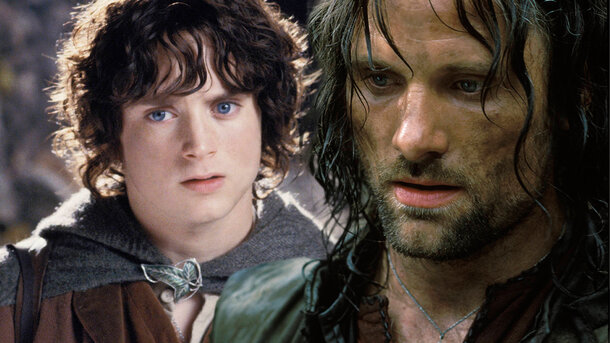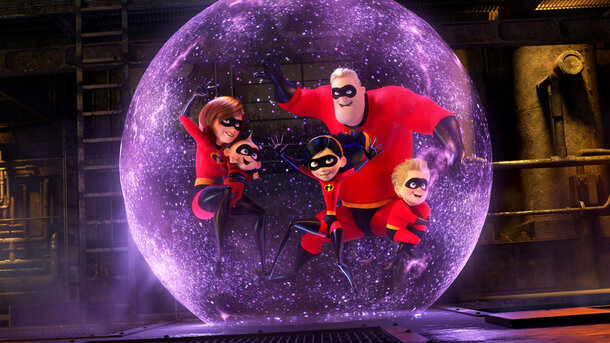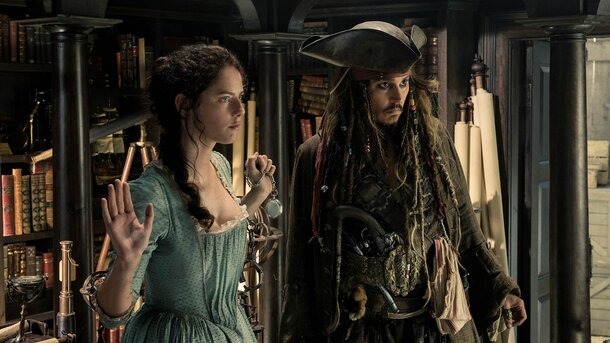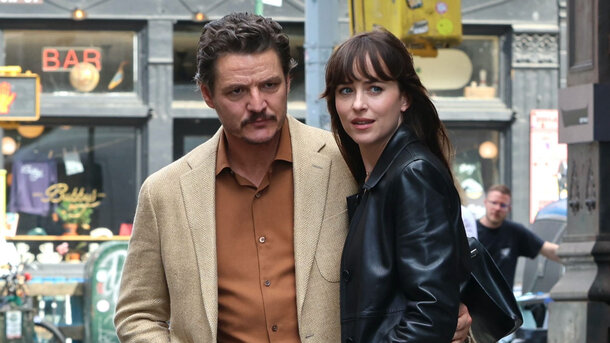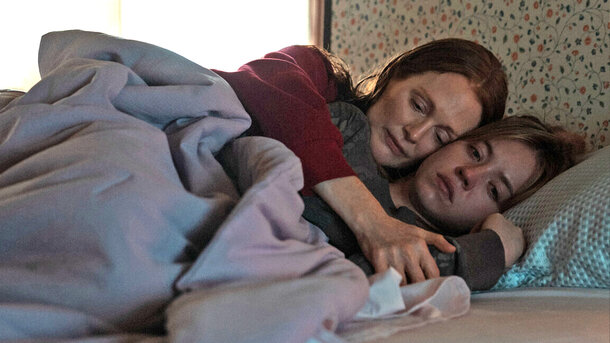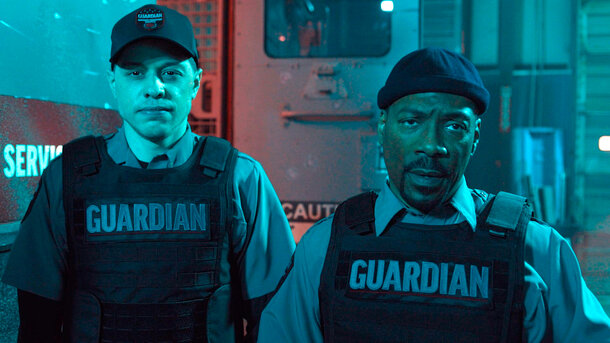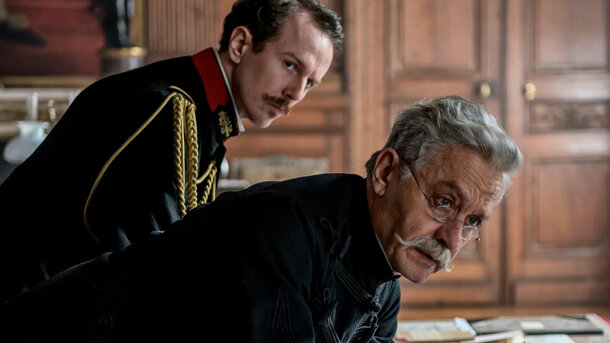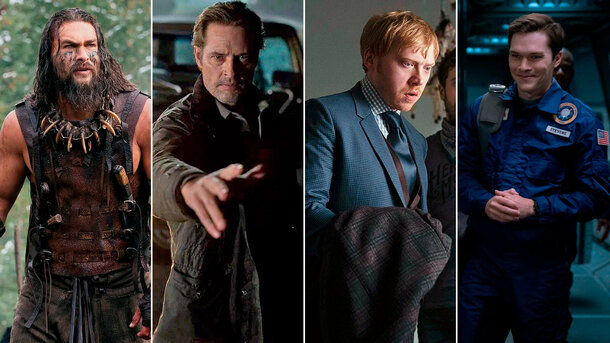If Peter Jackson’s The Lord of the Rings films left you thinking Frodo was a teenager and Aragorn a rugged thirtysomething, you’re not alone — but the books tell a different story. In Tolkien’s timeline, age isn’t always what it seems, especially when magic, elves, and hobbits are involved.
Let’s start with Frodo. In the films, Elijah Wood plays him with wide-eyed innocence and the energy of a young man in his early twenties. But in the book, Frodo is 50 years old when he leaves the Shire. Tolkien even notes that the Ring slows his ageing, which is why he still looks "young for a hobbit". The film compresses the timeline dramatically, making the journey feel more immediate — and the hero more relatable to a younger audience.
And what about Aragorn? Viggo Mortensen plays him as a brooding, battle-scarred warrior in his prime. In the book, though, Aragorn is 87 years old when we meet him in The Fellowship of the Ring. Thanks to his Númenórean bloodline, he ages more slowly than ordinary men, and will live to be well over 200. Suddenly, his air of weary wisdom makes a lot more sense.
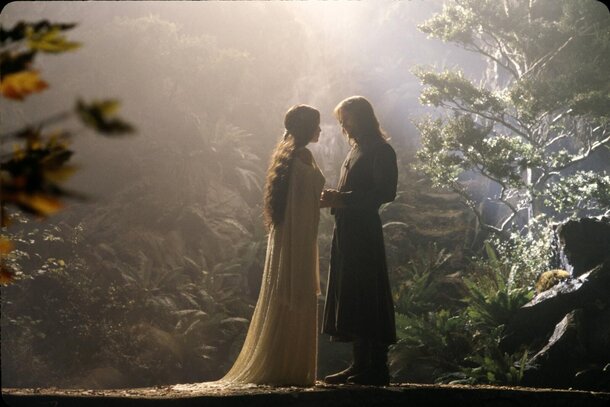
Legolas might look eternally 25 (thanks, Orlando Bloom), but as an elf, he's far older — likely somewhere between 500 and 2,000 years old, though Tolkien never gives a specific number. And Gandalf? Let’s just say he’s not exactly 'old' — he’s a Maia, a divine spirit in human form, and technically older than Middle-earth itself.
In Jackson’s version, streamlining the ages helped ground the story in a more familiar sense of time. But for Tolkien, age was part of the myth — a reflection of lineage, fate, and the long shadows cast by history. Either way, it’s worth remembering: Middle-earth might look medieval, but its characters often carry centuries of backstory in their bones.
